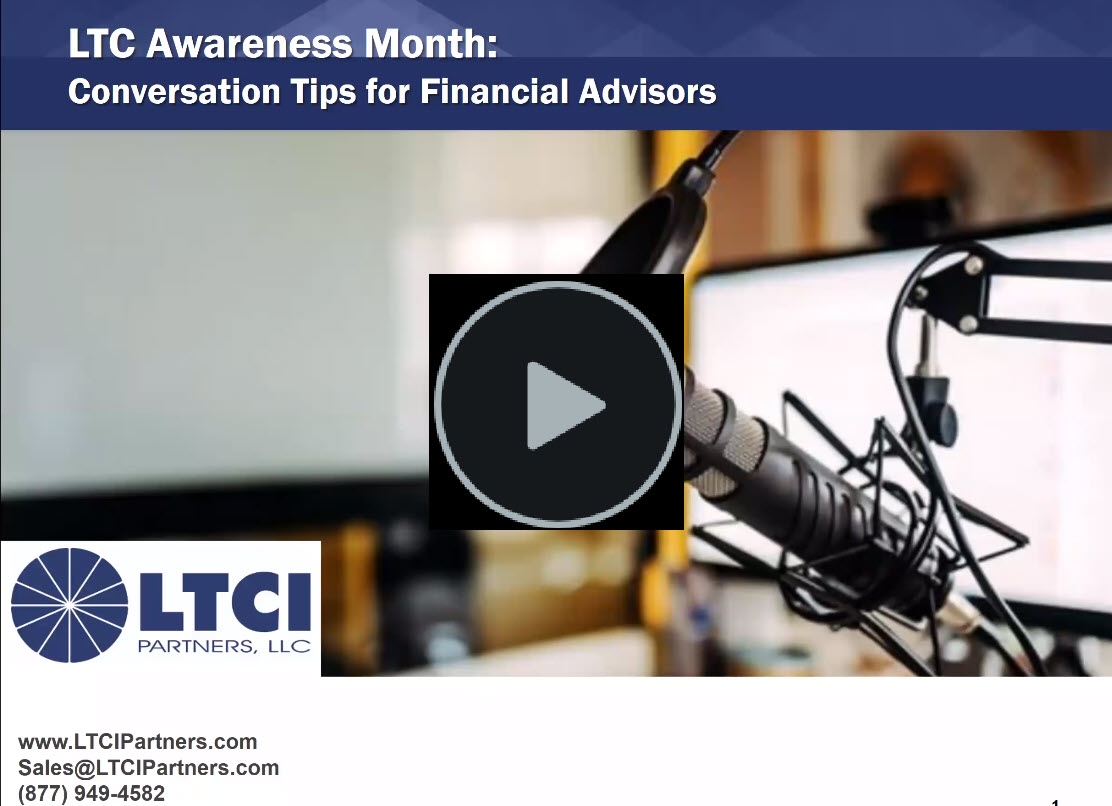The steps outlined in this article will help you work with your clients to implement effective legacy planning programs.
In my time as a financial advisor, I was primarily focused on providing my clients with wealth accumulation and distribution strategies. More often than not, the solution involved the use of life insurance, taking advantage of its tax-free accumulation and distribution benefits.
As my career progressed and I started my general agency and working with thousands of advisors, I realized that most of them focused on exactly the same thing I had focused on when I was in personal production — developing a strategy and then recommending products to implement the strategy.
I also had the pleasure of being on several carrier advisory boards. One such board was Transamerica, where I met my friend and then-President and CEO of Transamerica Brokerage, Michael Babikian. I am now lucky enough to call him my business partner. Michael opened my eyes to the fact that I, along with most advisors, missed critical components when advising clients on their legacy planning. Further, many clients are looking for a more holistic approach to their planning and providing legacy planning services is a major component. Advisors offering such services are rewarded through client retention and receiving more referrals. [1]
Many clients are looking for a more holistic approach to their planning and providing legacy planning services is a major component of that approach.
Legacy planning, as Michael taught me, includes a lot more than the distribution of assets. It is passing on instructions, final wishes, life stories, traditions and values along with important documents, financial information and assets. It is planning for the unexpected while alive for an event such as death, disability and incapacity. Advisors should consider all of the above items to properly guide and prepare their clients during the planning process.
Steps to success
To help advisors incorporate a complete legacy planning approach, here are five critical steps they can implement right away while working with their clients’ legacy planning initiatives: [2]
- Tell them not to think about it in terms of a legacy — they should just start making a list. They’re simply taking stock of their assets, personal and financial, which is part of asset management best practices anyway.
- For those who do have wills, it may be time to update them. The unfortunate fact is that an out-of-date will is just as bad as or worse than not having one because, as life changes, beneficiary choices change. A client who is divorced certainly wouldn’t want his or her death benefit to go to an ex-spouse.
- After clients have pulled together all of the relevant information, they may be ready to take the next step and recognize their assets for what they are: their legacy. At this point, they’ll need a way to stay organized and up to date and make this material assessable to select people, such as an accountant, a financial advisor and certainly their heirs.
- Advise clients to keep their information private but have a mechanism to distribute the information when an event occurs.
- Encourage clients to memorialize their last wishes and values. Too often, beneficiaries receive assets without any associated values, resulting in spendthrift behavior. Additionally, properly working with clients on the soft side of legacy planning will often better connect the advisor to the client’s entire family.
Knowing the steps mentioned in this article is not enough; the key is to have a system and a process to implement those steps. Unfortunately, most advisors cannot rely on the insurance companies or financial institutions they represent. And let’s face it, many advisors aren’t technology-focused; as a result, they do not know where to start looking.
Selecting a platform
That being said, there are platforms available to help an advisor implement everything mentioned above. When evaluating these platforms, it is critical to understand the company providing the platform. Will the platform disenfranchise the advisor because of a direct-to-consumer strategy? Does the platform have every component listed above, or will the advisor have to cobble together a few different technologies? Is the platform focused on privacy and security?
Advisors who incorporate legacy planning into their practice will comprehensively protect and prepare their clients’ future and discover new opportunities through referrals and multigenerational discussions.
Regardless of the platform an advisor chooses, one thing doesn’t change — legacy planning is a vital part of a comprehensive planning strategy. Those advisors who embrace and incorporate legacy planning into their practice will not only more comprehensively protect and prepare their clients’ future, they will also discover new opportunities through referrals and multigenerational discussions.
Dan Pierson is the one of LegacyShield’s founders. LegacyShield is a financial services exchange built around a family information management system. LegacyShield Solutions, Inc., provides insurance and financial services industry with all-encompassing solutions that enable companies and advisors to build and protect their clients’ legacies through a digital growth platform.
References
1. Rusoff, Jane Wollman. How Advisors Can Stop Losing Clients’ Heirs as Clients. 1 Mar. 2016, https://www.thinkadvisor.com/2016/03/01/how-advisors-can-stop-losing-clients-heirs-as-clients/?slreturn=20190901102239.
2. "Was This the Legacy You Intended?" Clarity from Chaos with Michael Babikian, 19 Nov. 2017, https://michaelbabikian.com/2017/11/19/was-this-the-legacy-you-intended.












-CMYK.png?width=200&name=LifeSecureLogo(F)-CMYK.png)



%20.png?width=148&height=55&name=b.%20RSSA_Logo_(R)%20.png)


